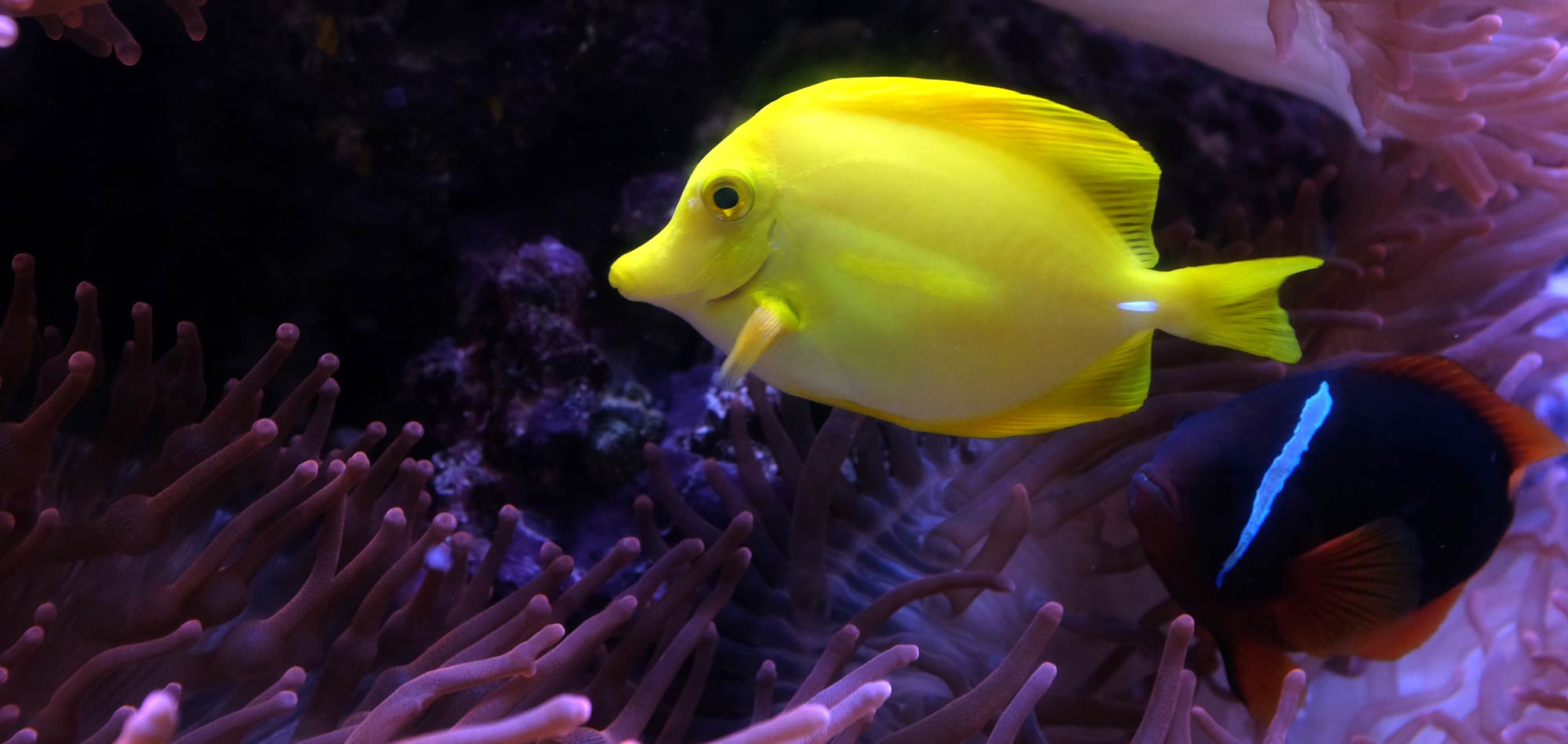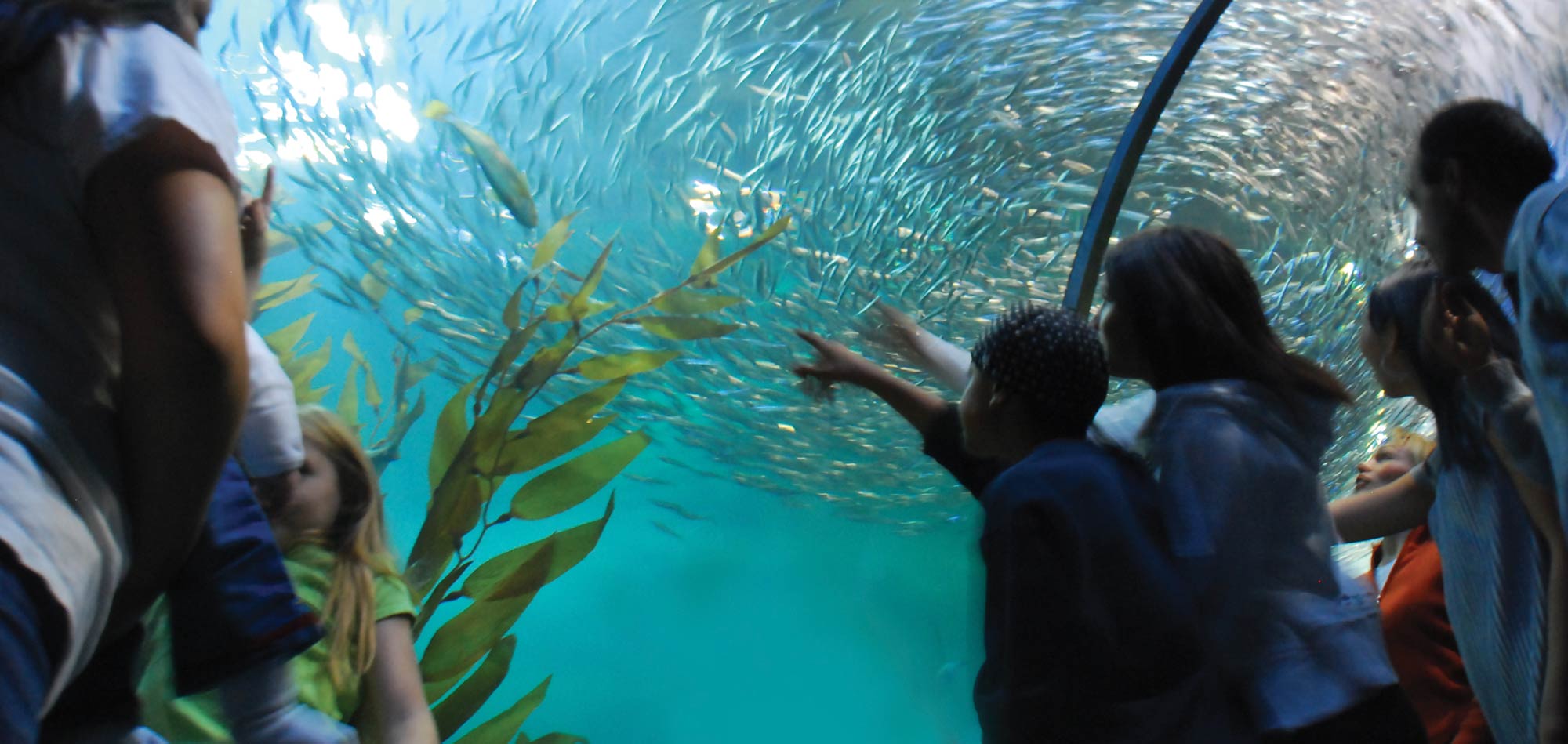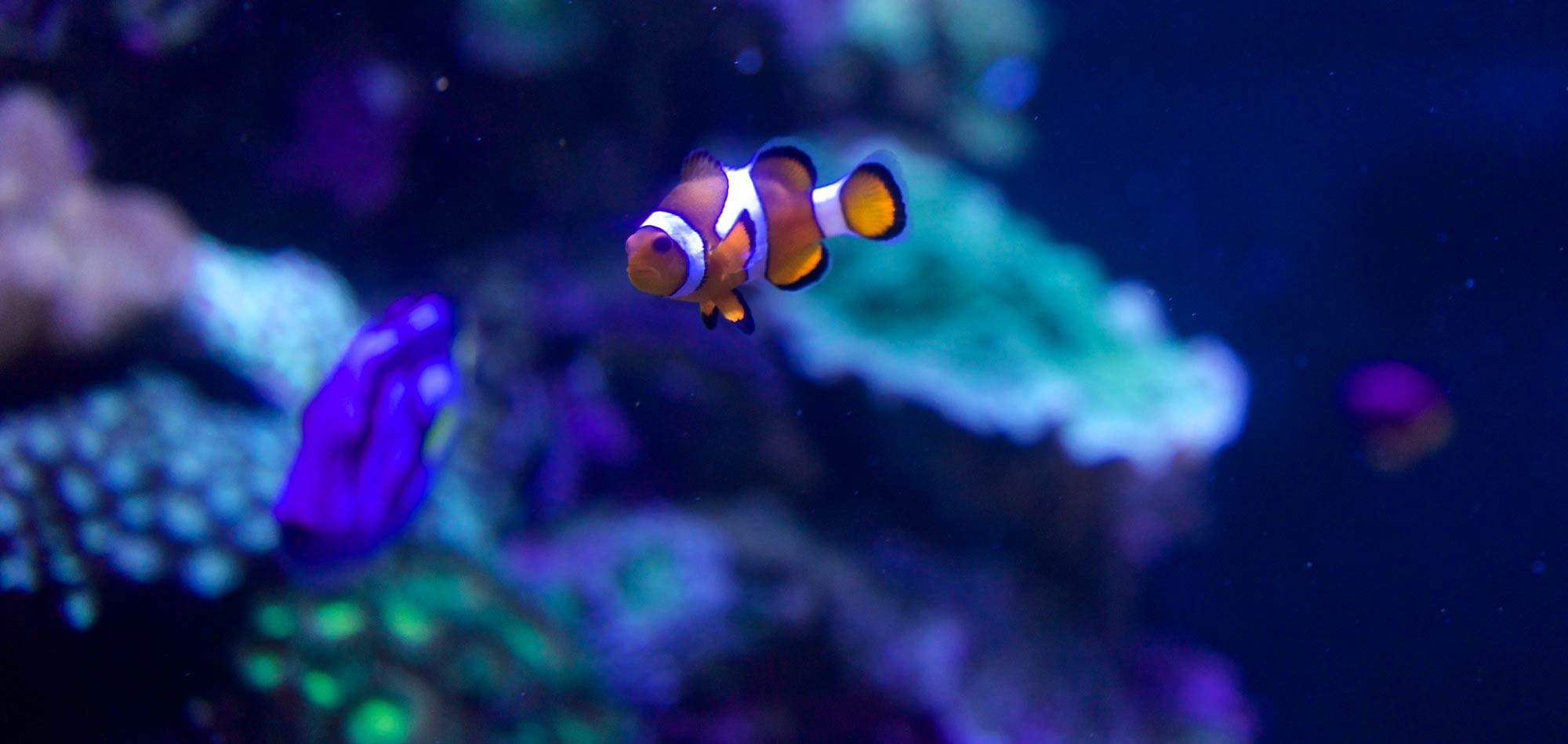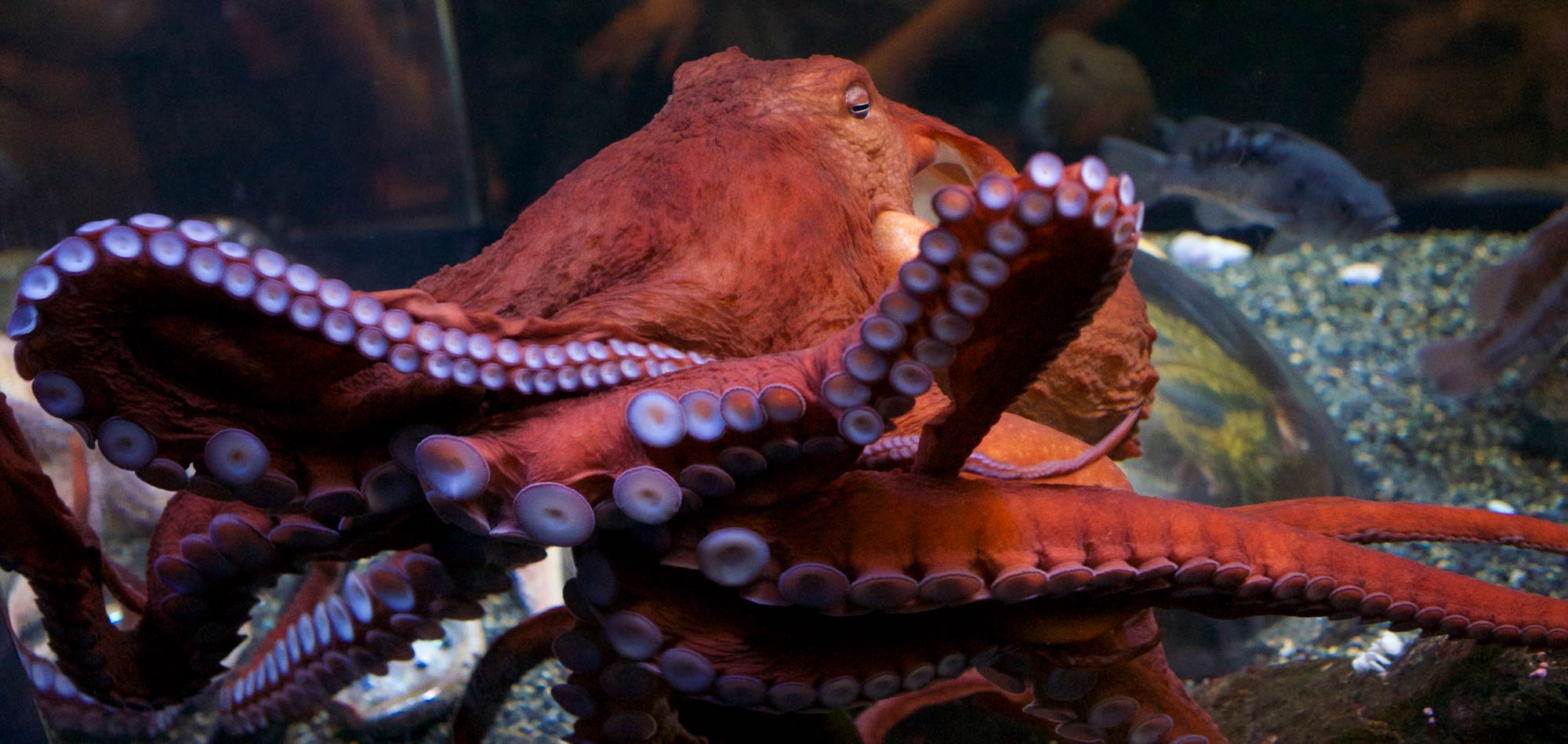Rivers and Delta: Saving Endangered Species
The health of San Francisco Bay is dependent on conditions throughout its vast watershed. The Rivers and Delta program of The Bay Institute promotes major reforms in the way California manages its water resources and protects the ecological values of the Bay-Delta estuary and the Central Valley rivers that feed it. Our team of scientists and policy experts work to preserve the estuary by protecting endangered aquatic species, restore a healthy estuarine ecosystem, reconnect the estuary to its watershed, stop agricultural water pollution, and measure how the ecosystem is responding to human activities.
![]()
Saving Endangered Species
The Rivers and Delta Program has been a leader in the effort to win and implement new protections for native Bay, Delta, and Central Valley aquatic species at risk of extinction from water projects, land conversion, toxic discharges, exotic organisms, and other threats. Aided by our efforts, federal and state endangered species protections have been implemented and improved over time for spring and winter-run Chinook salmon, Delta smelt, Sacramento splittail, and longfin smelt.
![]()
Chinook Salmon
Four distinct and significant populations or runs of Chinook (also called king) salmon spawn in the Central Valley watershed (find out where you can see them during spawning season. Two of these four Chinook salmon runs are protected under the Endangered Species Act (ESA), winter-run Chinook as endangered and spring-run Chinook as threatened. Chinook salmon populations have declined from the combination of lost spawning habitat in upstream areas and lost floodplain habitat downstream, insufficient streamflows for temperature control and fish passage, and high water diversion levels. We are leading the effort to set salmon restoration targets for Central Valley rivers, are helping bring Chinook back to the once dewatered San Joaquin River under the historic river restoration settlement, and are fighting to change existing or proposed water project operations that interfere with successful migration.
![]()
Delta Smelt
A small planktivorous fish found only in the Sacramento-San Joaquin Delta and upper San Francisco Bay, the Delta smelt only lives one year and is considered one of the best indicators of the ecological health of the estuary. However, in some years up to half the population can be lost to water project operations. At record low levels in recent years, the Delta smelt needs more Bay flows and reduced diversions to preserve its shrinking habitat. We work to change diversion levels and patterns and improve flows to prevent this species from disappearing forever.
![]()
Sacramento Splittail
This hearty minnow can tolerate a range of salinities and water quality conditions, but depends on high flows to inundate the floodplain wetlands where the population feeds and grows. We work to identify the amount of floodplain and flow needed to support sustainable populations of splittail and other wetland loving species.
![]()
Longfin
Like their cousins, the Delta smelt, longfin smelt used to be one of the most common fishes in San Francisco Bay. Found throughout the estuary and, sometimes, in coastal water outside the Golden Gate during their two-year life span, longfin are extremely dependent on strong freshwater flows into the Bay during the winter and spring months. Unfortunately, these flows have been cut by more than 50% causing longfin populations to be at record lows. We work to document the flow needs of longfin, other flow dependent Bay species, and the food prey items they need to thrive, and secure stronger, new flow requirements based on the best available science.











